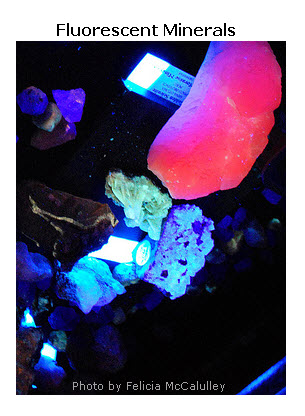 Light is a form of energy. The two common ways for creating light are: incandescence and luminescence.
Light is a form of energy. The two common ways for creating light are: incandescence and luminescence.
Incandescence is the emission of light due to the high temperature of an object. A burning candle, as well as light bulbs with filaments produce light because of high temperature. This is not an efficient way to produce light because most of the energy is emitted as heat. Thus, light produced by incandescence is called “hot light.”
Luminescence is the emission of light at normal or cooler temperatures. Thus, this light is called “cold light,”This light is created when some energy source causes an electron of an atom to be “excited” resulting in it jumping to a higher energy level; then the electron releases energy in the form of light and returns to its normal position -“ground state”. The energy that excites the electron is generally greater than is the energy of the released light. The glowing rock in the photo fluoresce under black light, which is a source of ultraviolet A.
Fluorescence is a form of luminescence in which the material gives off light as long as the energy source that excites the electrons continues to be supplied. When the black light is turned off, the rocks no longer glow.
Phosphorescence is a form of luminescence in which the material gives off light for a time after the black light or other energy source is turned off. Glow in the dark objects is an example.
 |
Physics For Every Kids |